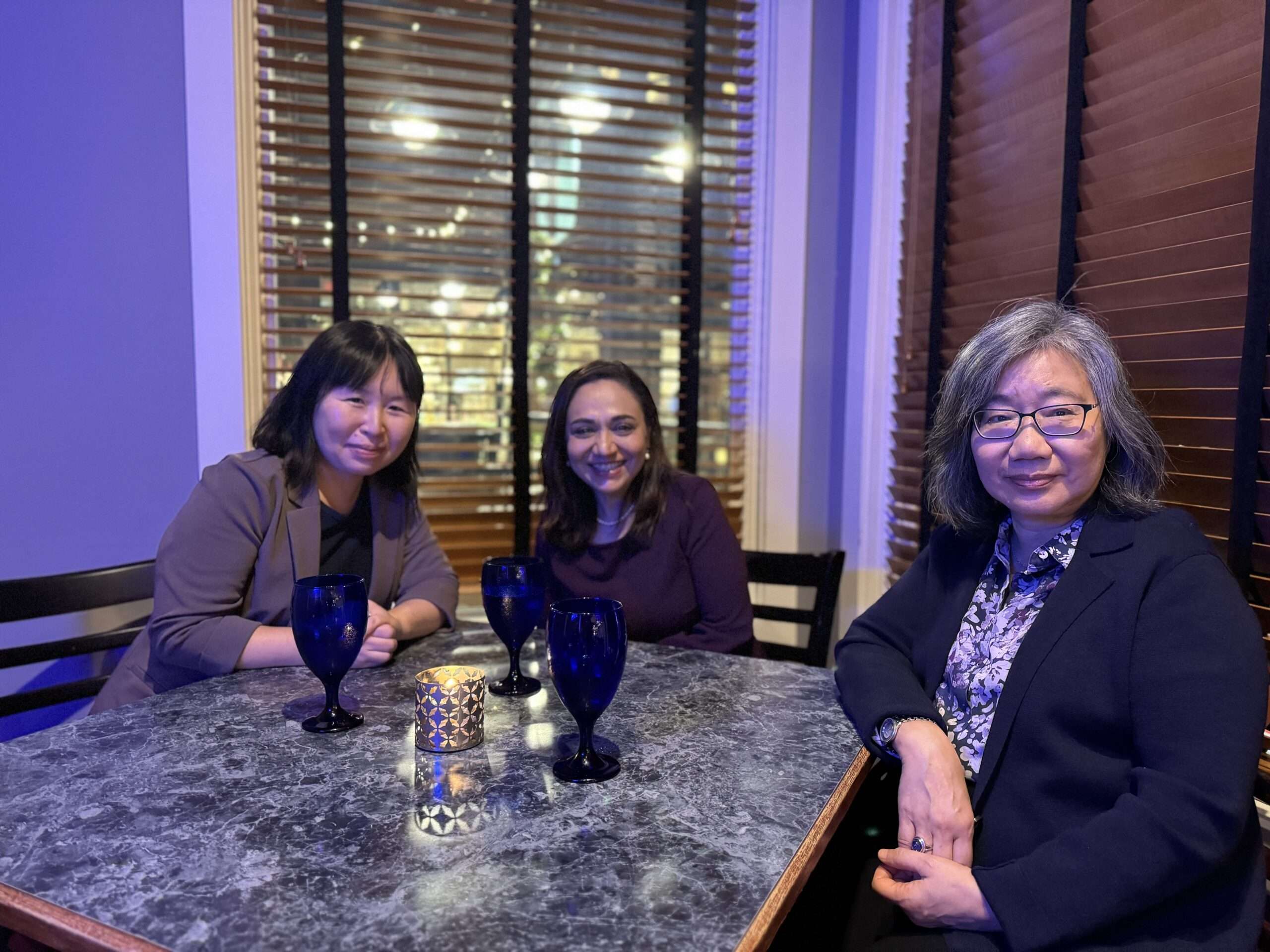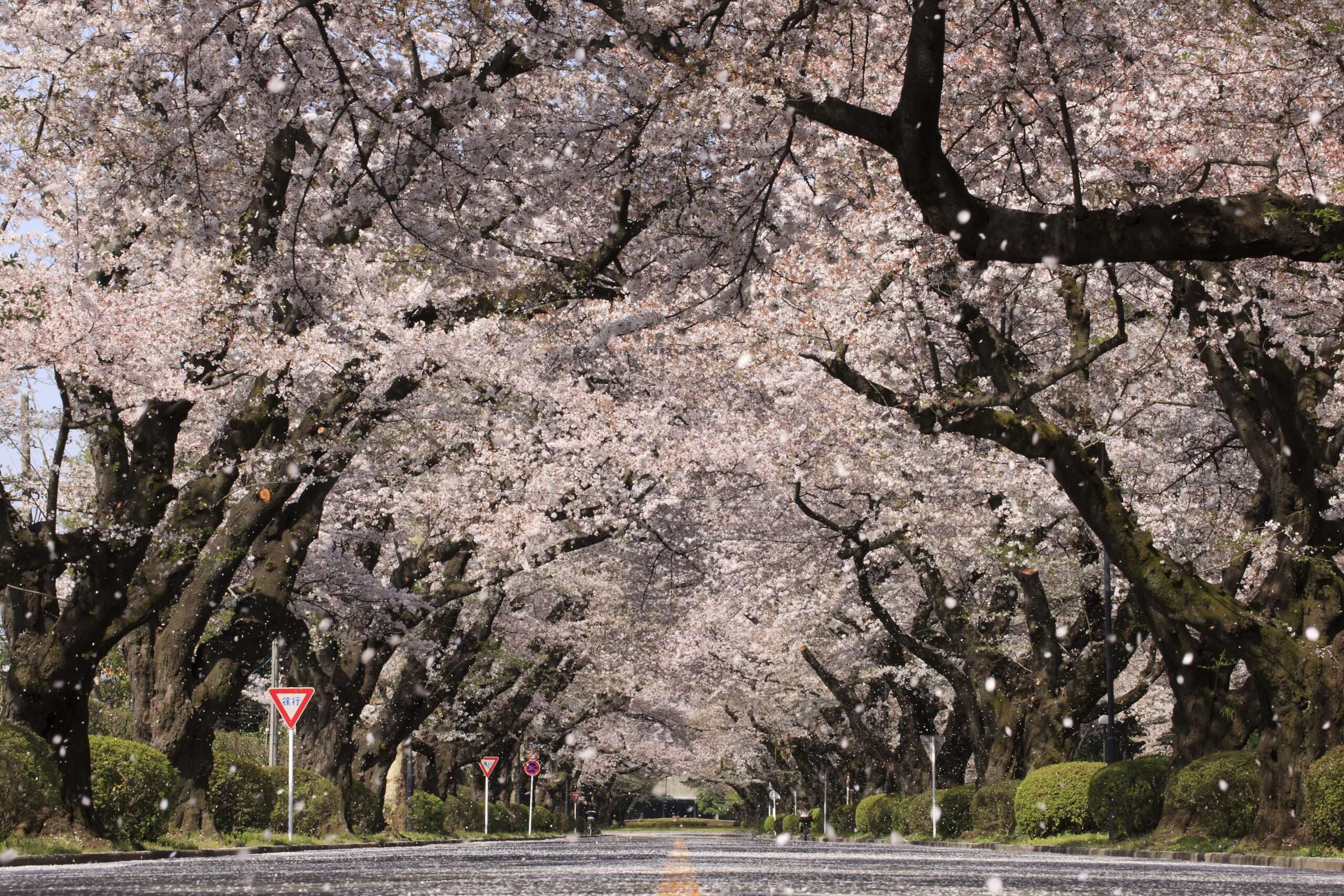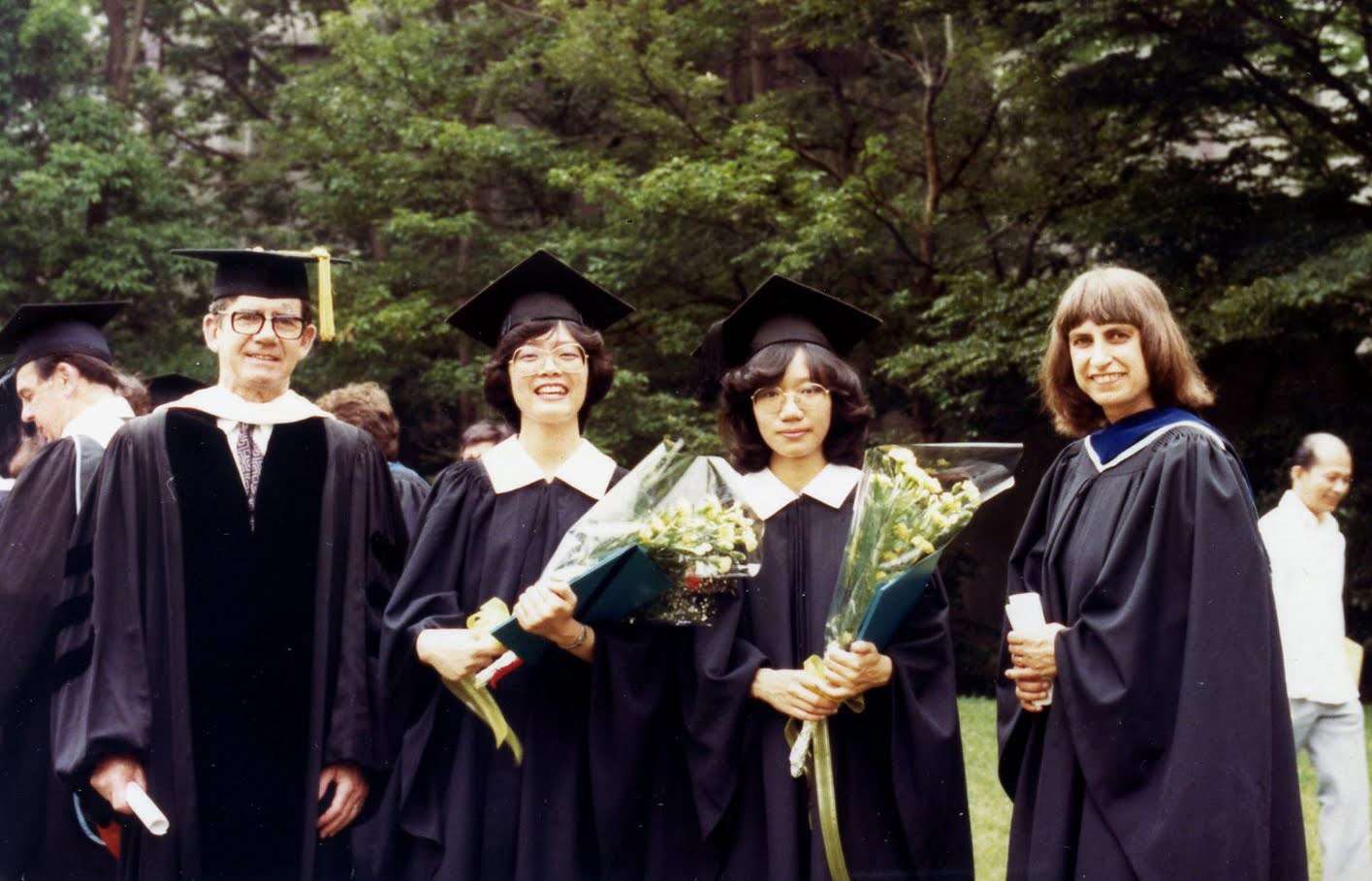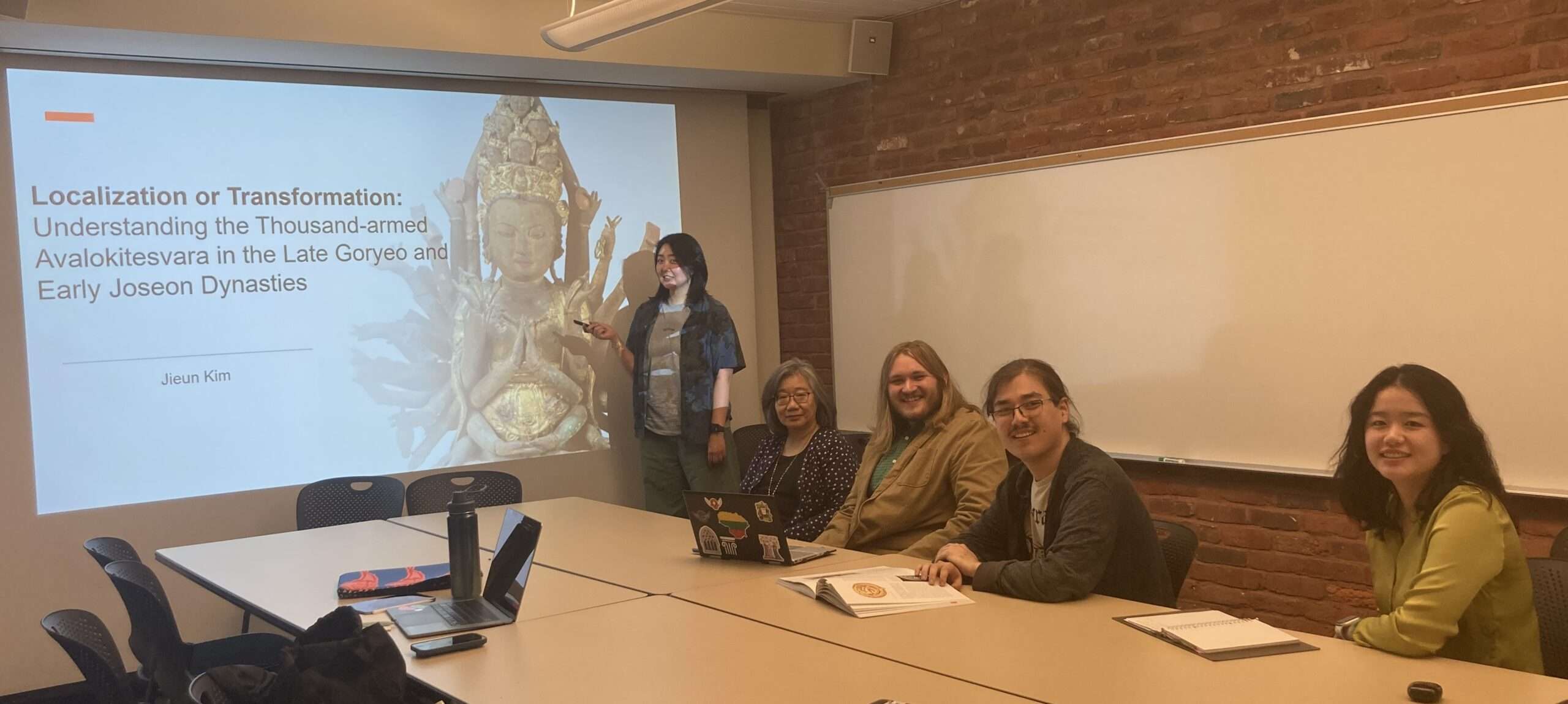
Dorothy C. Wong grew up in the southwestern part of Hong Kong Island, an area known as Pokfulam where schools are nestled amidst winding streets and sloping roads. She attended Ying Wah Girls’ School, a Protestant secondary school not far from the elite University of Hong Kong (HKU).
Many times, she passed by the colonial façade of HKU, occasionally wondering if she would one day sit in its classrooms as a student. As one of the younger daughters in a large family, Dorothy often found herself left to her own devices, which she devoted to books. Her academic brilliance shone early—she excelled in high school, did well in public exams, and earned a coveted place at HKU, a remarkable achievement in the late 1970s when competition for admission was fierce. Yet, instead of accepting this offer, she chose an unconventional path: she packed her bags and headed to Japan—a country where she neither spoke the language nor could rely on English for daily communication.
Reflecting on her decision, Dorothy shares, "I think I was being idealistic or even naive. It was not uncommon that students and parents alike saw studying practical subjects in university as a guarantee of a good salary and a secure life. But I never really thought about any of that."

Full bloom at International Christian University
Higher ed. Higher hopes.
Her destination was the International Christian University (ICU), a bucolic campus tucked away in the serene city of Mitaka in west Tokyo. Visitors to ICU need to negotiate a 500-meter concrete road lined with tall trees on its sides, which would form a breathtaking canopy of velvety pink in the cherry blossom season. During her four years at ICU, Dorothy had traversed this scenic stretch countless times—on foot and on bicycle; in rain, shine or snow. For Dorothy, this idyllic pathway was a welcome detour from a more mainstream and determined path, one filled with promise, beauty, and discovery.
Her decision to study at ICU was supported by a United Board scholarship—a pivotal opportunity that allowed her to explore unfamiliar terrains, cultures, and intellectual horizons far unlike everything on offer if she remained in Hong Kong. This scholarship was not just financial aid; it was an invitation to broaden her world, which Dorothy graciously accepted and has not looked back since.
Dorothy’s thirst for knowledge and willingness to embrace risk were evident in her choice to major in three disciplines at ICU: literature, philosophy, and art history. In art history especially, she found inspiration under Professor J. Edward Kidder Jr.’s mentorship. Her time at ICU was not only about academic advancement but also about personal growth. Living with Japanese roommates, doing arubaito (part-time work), and travelling extensively throughout Japan enriched her understanding of diverse cultures and values, fostering an enduring appreciation for diversity.
Dorothy reflects on this transformative period: "It was really a luxury to be able to pursuit one’s ideals without being shaped by practical concerns." The ICU experience afforded her the freedom to delve into, among others, art history—a field that would later define her career.

Professor J. Edward Kidder, (left) was a mentor and an inspiration to Dorothy (second from right)
From Mitaka to Charlottesville
After ICU, Dorothy pursued an MPhil from the Chinese University of Hong Kong and briefly worked as an editor for a culture magazine . She later completed her PhD at Harvard University with specialization in Chinese Buddhist art. Years later, she reunited with Professor Kidder when they collaborated on Hōryūji Reconsidered (2008), a volume Dorothy edited and to which Kidder contributed two chapters—a testament to their enduring mentor-mentee bond.
Today, Dorothy calls Charlottesville home as Professor of Art History at the University of Virginia (UVA). She teaches undergraduate and graduate courses on Chinese and Japanese arts. Occasionally curating exhibitions for UVA and other museums adds another dimension to her continuous efforts to bring eastern arts to a wider audience, showcasing their national contexts and cultural significance.
UVA can count many iconic landmarks, among them its Jeffersonian buildings, the Rotunda and the Lawn. The latter’s counterpart at ICU is the undulating green, known as bakayama, outside its honkan (main building) where students lounge between classes or frisbee in their leisure. In her ICU days, Dorothy spent a fair share of her time on the grass, but she was more often found at the carrels in the library, reading copiously and immersing herself in the fascinating stories of symbols and artefacts journeying through the ages.

The rotunda, University of Virginia Charlottesville, designed by Thomas Jefferson (Arthur Griffin/Encyclopaedia Britannica, Inc.)

Dorothy (second from left) and her graduate students in April 2025
xxxxxxxxxxxxxxxxxxxxxxxxxxxxxxxxxxxxxxxxxxxxxxxxxxxxxxxxxxxxxxxxxxxxxxxxxxxxxxxxxxxxxxxxxx
The interactions and exchanges between China and Japan during the seventh and eighth centuries, Dorothy’s research finds, fostered a synthesis of artistic traditions and contributed to the development of a uniform, classical cosmopolitan Buddhist art style widely seen in East Asia. Much of it was facilitated by the ambassadors, scholars, and Buddhist monks who embarked on perilous journeys across the ocean, often at great personal risk, to disseminate knowledge and practices—a facet of East Asian art history explored in her 2018 monograph*. Dorothy sees parallels in her own travel and travail, and in those of the scholarship recipients from Hong Kong before and after her.
A benefactor and a proud mentor
In recent years, Dorothy’s journey has become one of full-circle generosity—from scholarship recipient to benefactor. She is particularly passionate about women’s leadership through initiatives supported by the United Board. It stems from her experiences as well as observations of gender inequities in academia. "Although in some disciplines and quarters women scholars have come a long way, I think there's still a lot of work to be done for advancing women in academia," she emphasizes with conviction.
Her support for fostering equitable opportunities reflects her belief in education’s transformative power. "I am thankful to have made detours from a set path and settled expectations and reached a destination of my own choice. I take pride that all my PhD students are women and I hope to ensure these talented women enjoy the same freedom and have access to the same opportunities," she said.
Dorothy Wong’s story transcends personal success; it is about being true to oneself, taking risks, and not being afraid to go down untrodden paths. She finds a partner in her former sponsor, the United Board, whose mission of advancing women’s leadership aligns with her unwavering commitment to equity and empowerment—to ensure that education remains not just a privilege but a pathway for transformation.
*Buddhist Pilgrim-Monks as Agents of Cultural and Artistic Transmission: The International Buddhist Art Style in East Asia, ca. 645-770. (Singapore: National University of Singapore Press; 2018)
